Machining andnumerical control machining: Analysis of core technologies in modern manufacturing
In high-precision manufacturing fields such as aerospace, automotive parts, and electronic equipment, efficiency and precision are becoming the core competitiveness of enterprises-3.
In today’s highly competitive global manufacturing industry, machining and CNC machining technology has become the cornerstone of modern industrial production. With the in-depth promotion of Industry 4.0 and “Made in China 2025” strategy, CNC technology is profoundly changing the pattern of China’s manufacturing industry-9.
For manufacturing companies, understanding and applying these technologies is not only the key to improving productivity, it is also an indispensable element for companies to maintain an edge in global competition.
01 Machining Evolution and the CNC Revolution
Traditional machining is highly dependent on the craftsmanship and experience of the mechanic, while modern CNC machining breaks through the traditional machining limitations by virtue of automation and intelligent advantages-3.
What is CNC machining? It is an automated machining method controlled by a computer programme that enables high precision machining at the micron level, equivalent to 1/10-9 of a human hair strand.
According to the China Machine Tool Industry Association data, in 2023 China’s CNC machine tool market size reached 256.8 billion yuan, an increase of 15.6%, of which five-axis linkage of high-end CNC machine tools, the import substitution rate has increased to 45%-9.
This data clearly shows the rapid development and popularity of CNC technology in China’s manufacturing industry.![图片[1]-Machining and CNC machining: analysis of core technologies in modern manufacturing (considerations for companies in choosing machining partners)-Dalian Fuhong Machinery Co., Ltd](https://endlfh.com/wp-content/uploads/2025/10/QQ20251002-201814-800x594.png)
02 Analysis of the core advantages of CNC machining
CNC technology demonstrates significant advantages over conventional machining in several dimensions:
Precision control is the core strength of CNC machining. the CNC ensures the precision of the machine movement by means of high-precision servo systems, and the real-time monitoring and feedback device automatically adjusts the parameters to avoid deviation -3.
Automated and efficient production, the CNC is programmed to automate the entire process with “one-touch start” and can operate continuously for 24 hours. It also supports multi-process integration, reducing workpiece handling and avoiding precision loss-3.
Flexible production. Traditional machining change production need to change fixtures, adjust the parameters, long preparation cycle; CNC only need to modify the program, change the tool, you can quickly switch production varieties, adapt from single-piece customised to the needs of mass production -3.
03 The Big FourCNC machining processcomparative
Different machining processes are suitable for different needs and materials. The following are the technical characteristics and application scenarios of the four mainstream CNC machining processes-9:
Process type Machining characteristics Applicable materials Typical application scenarios Accuracy class
Milling Multi-axis complex surface machining Metal/composite materials Aero-engine blades IT6-IT7
Turning Efficient machining of rotary parts Bar/tube material Automotive drive shafts IT5-IT6
Engraving Fine Pattern Text Engraving Wood/Acrylic Craft Gift Customisation IT8-IT10
Grinding Ultra-precision surface treatment Hardened steel / ceramics Precision mould cavities IT3-IT5
04 Application cases in CNC machining industry
CNC machining technology has penetrated into various manufacturing fields, and the following are its typical applications:
In the field of new energy vehicles, the battery tray milling process adopts 7075 aluminium alloy, which can achieve a weight reduction of 30%; the motor shell precision turning roundness error can be controlled at ≤0.01mm-9.
The aerospace industry relies on high-precision equipment such as five-axis machining centres that are capable of machining complex curved engine blades and structural components-1.
In medical device manufacturing, precision grinding of artificial joints can achieve a surface roughness of Ra0.2μm, and the diameter tolerance of microfine turning of surgical instruments can reach ±0.005mm-9.
05 Future Trends in Manufacturing Intelligence
With the development of artificial intelligence technology, the field of CNC machining is undergoing a new round of change.
In the 2025 Industrial Fair, TOP CNC launched the AI-CNC full-process unmanned CNC machining large model technology, showing the cutting-edge advances in industrial mother machine intelligence-8.
The system features three innovative breakthroughs: end-to-end intelligent programming, full-process knowledge base support, and a high-fidelity simulation environment-8.
“Intelligence makes manufacturing simple, not to make manufacturing work less, but to make more work to be solved by artificial intelligence or machines”, said Zhu Xingming, CEO of Huichuan Technology, in an interview at the IFE-2.
06 Considerations for enterprises in selecting processing partners
With so many machining service providers, it is crucial to choose the right partner.
Enterprises should assess machining accuracy capabilities, including equipment accuracy levels and stability. A good machine with a long service life, good long-term accuracy and high machining efficiency can bring sustained benefits to the enterprise-5.
Technical expertise is as important as experience. Choosing a supplier with extensive experience in a particular field can significantly reduce project risks.
In addition, it is important to consider the comprehensive performance of the equipment, including the degree of automation, technical support capability and after-sales service system. These are the key factors to ensure smooth long-term co-operation-5.
CNC machining technology is developing in the direction of smarter and more precise. At the 2025 Industrial Fair, TOP CNC exhibits the AI-CNC system, which has been able to achieve high-precision simulation of micron-level machining processes through physical knowledge embedded in neural network technology-8.
In the future, with the deep integration of artificial intelligence and manufacturing, CNC machining will no longer be just a tool to replace manual labour, but will become theDigital transformation of manufacturingThe core drivers of the
Regardless of the size of the enterprise, grasp the development trend of CNC machining technology, early layout of intelligent upgrading, will occupy the first opportunity in the new round of industrial revolution.

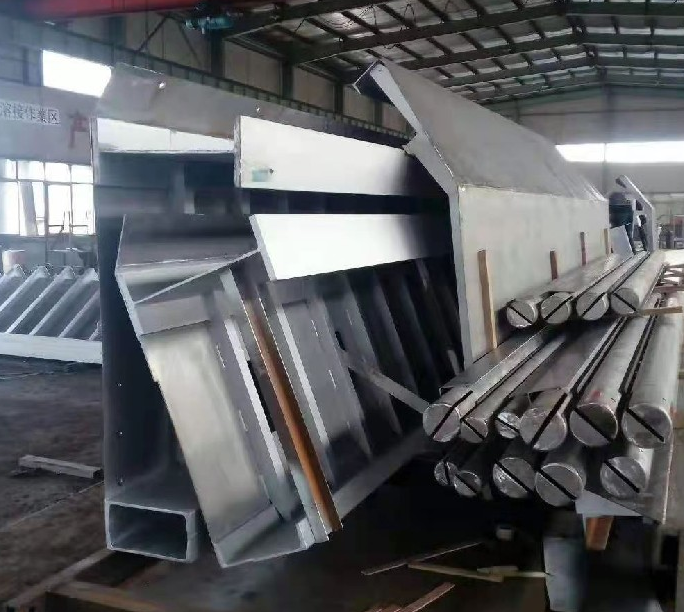


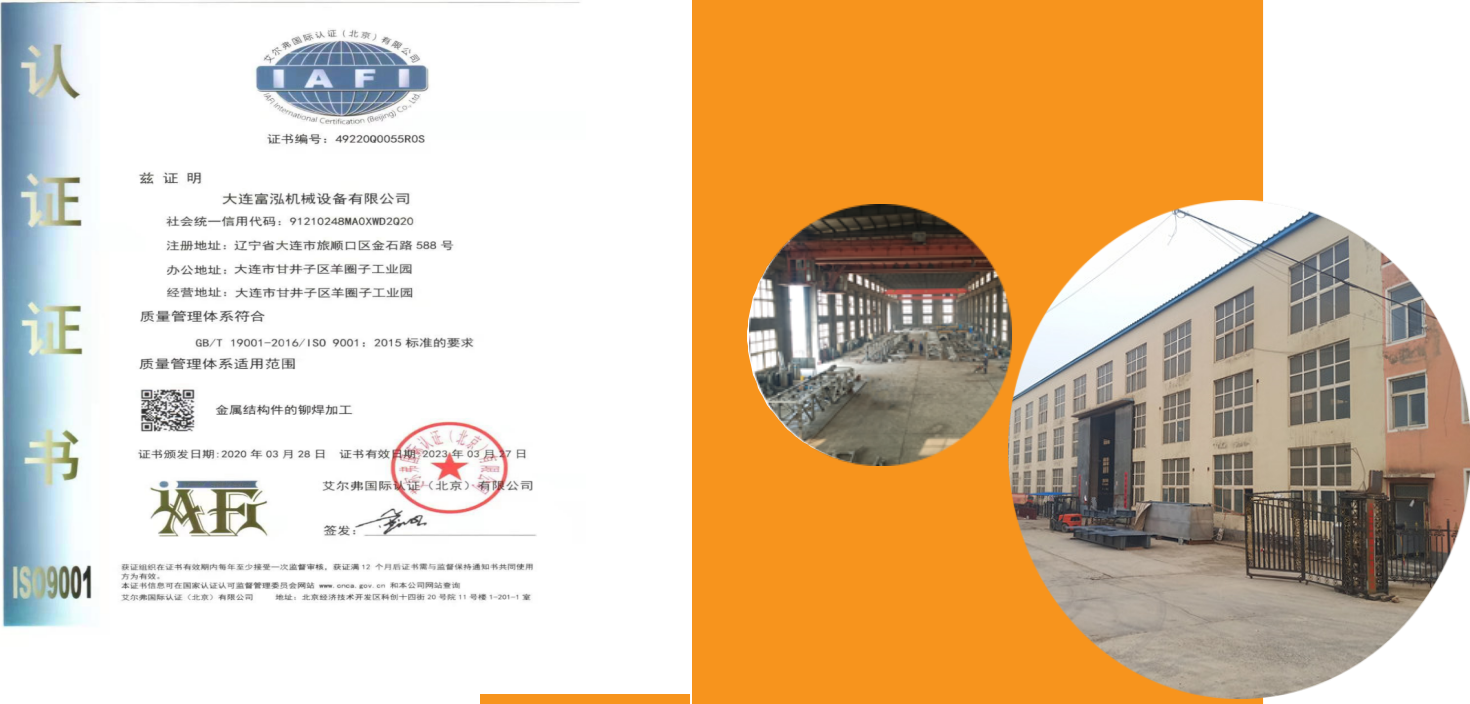
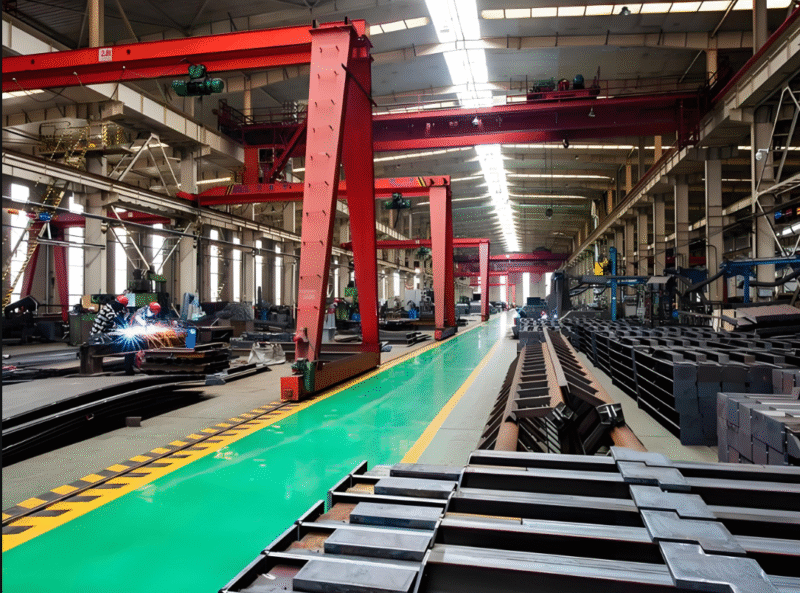

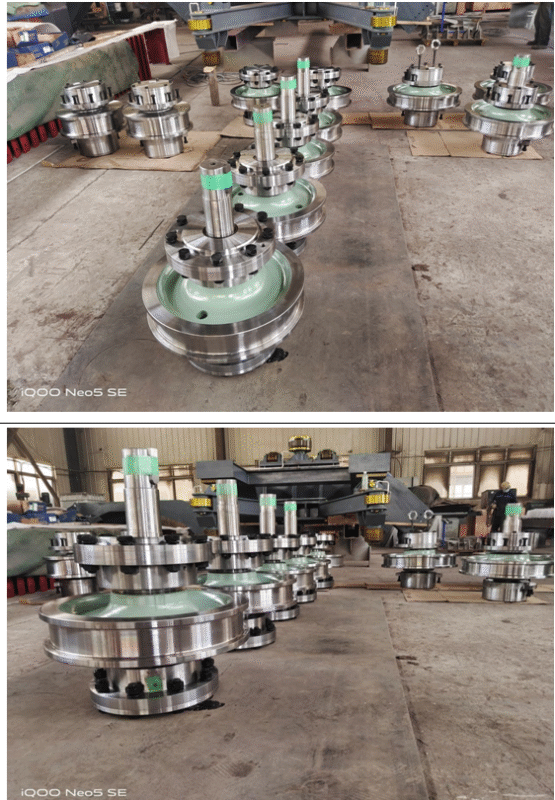
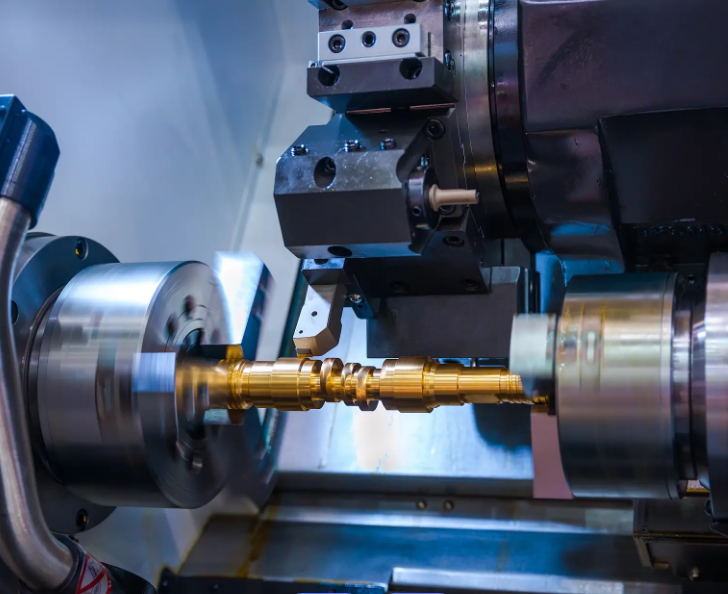
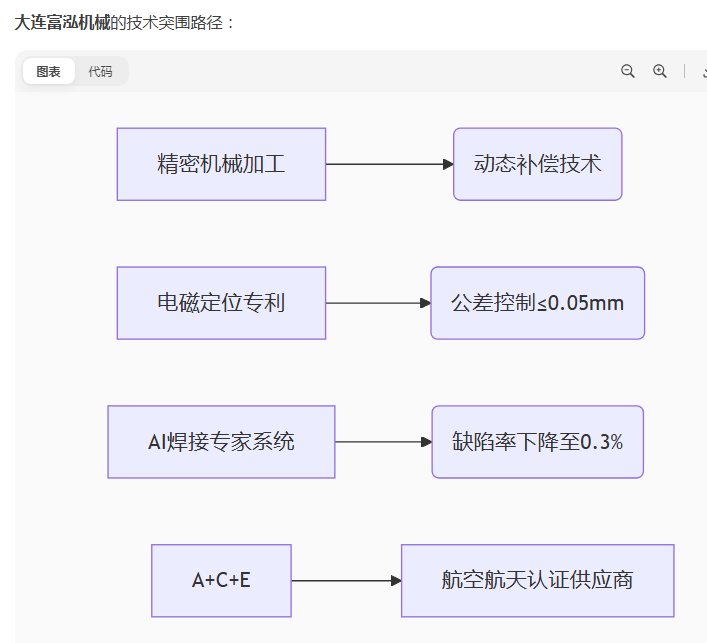
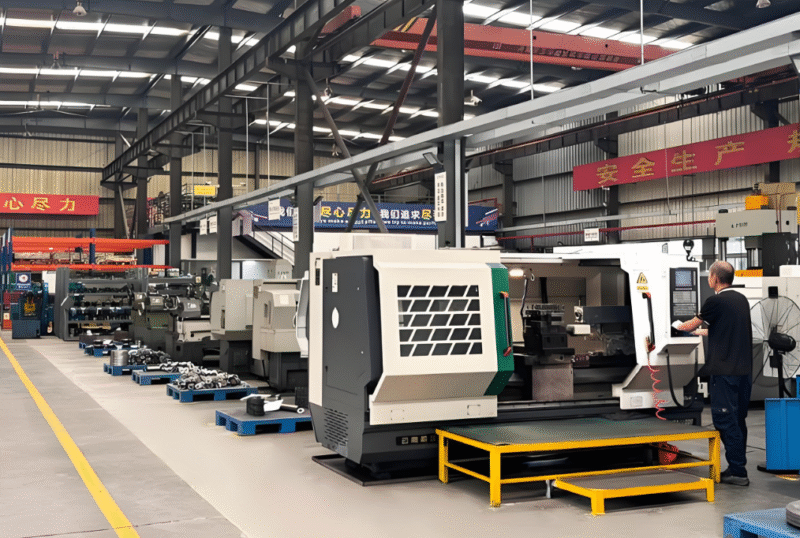
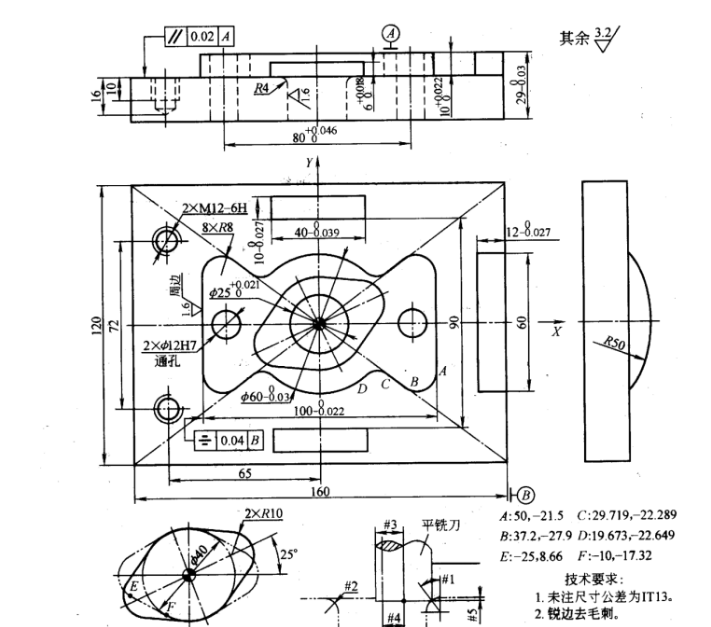
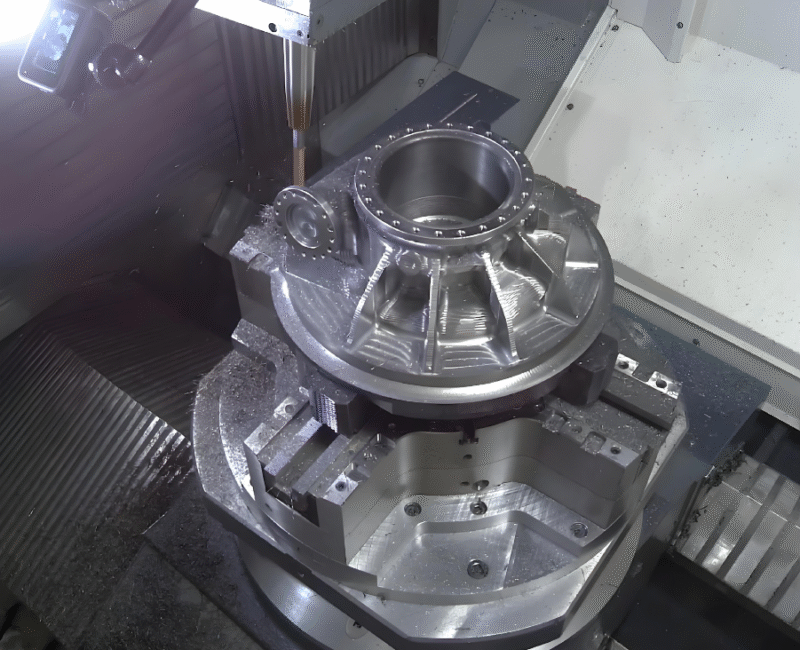

暂无评论内容